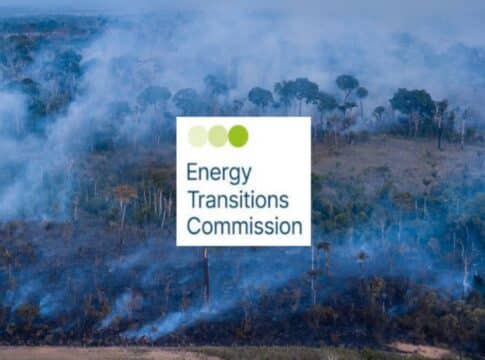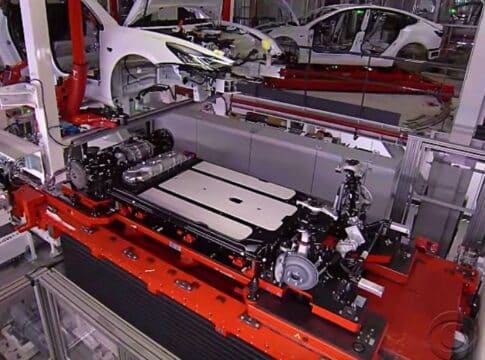Ending Deforestation Will Cost $130B a Year by 2030, ETC Says
The Energy Transitions Commission (ETC) has published a new report, presenting a new analysis of how much it would cost to end deforestation, which it says would be at least $130 billion a year by 2030.
The ETC is a global coalition of leaders from across the energy landscape committed to achieving net zero emissions by 2050, in line with the Paris climate goal of limiting global warming ideally to 1.5°C.
Its report “Financing the Transition: the costs of avoiding deforestation” highlighted the financial challenges of preventing people from cutting trees. It is a supplementary report to “Financing the Transition: How to make the money flow for a net zero economy”.
The new report explores how concessional or grant payments, e.g. carbon credits, can reduce emissions and stop deforestation. It analyzes various estimates on how much of these payments is necessary to incentivize landowners not to cut down trees.
The report also emphasizes why it’s crucial to address the major drivers of deforestation.
Why Put an End to Deforestation by 2030?
Forest loss due to human activities accounts for about 15% of total carbon emissions. The key driver of tree loss in tropical forests is agriculture; whereas in temperate and boreal regions, forestry and wildfire are the major causes of deforestation.
And despite commitments both from the governments and private sectors to halt deforestation, signs of slowdown are minimal.
Unfortunately, there is no IPCC pathway to limit global warming to 1.5°C without immediate action taken to halt deforestation. And ending deforestation is possible, in theory, through non-financial measures, says the report, which include:
A major reduction in the consumer demand for products that drive deforestation (e.g. meat and palm oil). Pasture for beef accounts for 40% of deforestation in tropical forests.
The development of alternative businesses which can profit from standing forests such as eco-tourism and sustainable agroforestry.
Government actions to make deforestation illegal, if combined with effective enforcement.
Though feasible, these actions are time-consuming, offer partial solutions, and tend to be effective only in the short-run.
Hence, to address these concerns, concessional/grant payments are critical to offset them by paying landowners enough money to cover the cost of the economic opportunity lost and buy some time before policy changes are in place, the ETC said.
Adair Turner, ETC Chair, remarked that:
“Without a significant flow of concessional/grant payments, any reduction in deforestation will come too late to make it possible to limit global warming to well below 2°C, let alone to 1.5°C. But finance alone cannot deliver an end to deforestation. Action to reduce the fundamental consumer demands which are driving deforestation are also essential – and must be a priority for governments, business and consumers.”
How Much Money is Needed?
The ETC analysis distinguishes two different categories of financial flow:
Capital investment in the technologies and assets: important to create a zero-carbon economy by 2050. In principle, these investments can deliver a positive return to investors and lenders. Around $3.5 trillion a year is likely needed on average between now and 2050.
Concessional/grant payments: for decarbonization actions which are critical to limiting warming to 1.5°C, but won’t happen fast enough without payments to economic actors to compensate for lost profit opportunities. These will help phase down coal generation earlier than is economic, limit deforestation, and pay for removing CO2 from the air. Around $300 billion a year is necessary in middle and low-income countries.
The concessional financing will come from these three sources:
Voluntary carbon credit markets
Philanthropists
High-income governments
By using the IPCC data on deforestation, the report concludes that the cost of protecting all forests at high risk of deforestation by 2030 would be so big – at least $130 billion each year.
The $130bn is a 50x increase from what is paid today to forest protection through carbon credits. Currently, financing to protect forests is only $2 – $3 billion a year.
Moreover, the report shows that the current price of carbon credits for avoided deforestation (REDD+) is not enough to cover the marginal cost of avoiding commodity-driven deforestation.
The report presents an ambitious yet feasible financing strategy from each of those three fund sources. The analysts further address the issue of ensuring that carbon credits for avoided deforestation really deliver on their promised reductions. They refer to the standards for integrity in carbon markets – Core Carbon Principles – set by the Integrity Council for the VCM.
The post Ending Deforestation Will Cost $130B a Year by 2030, ETC Says appeared first on Carbon Credits.



